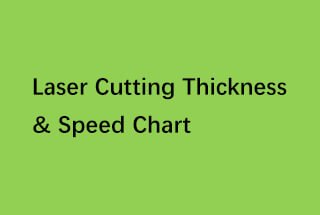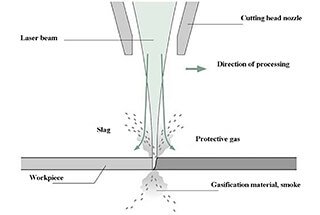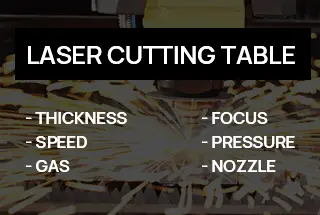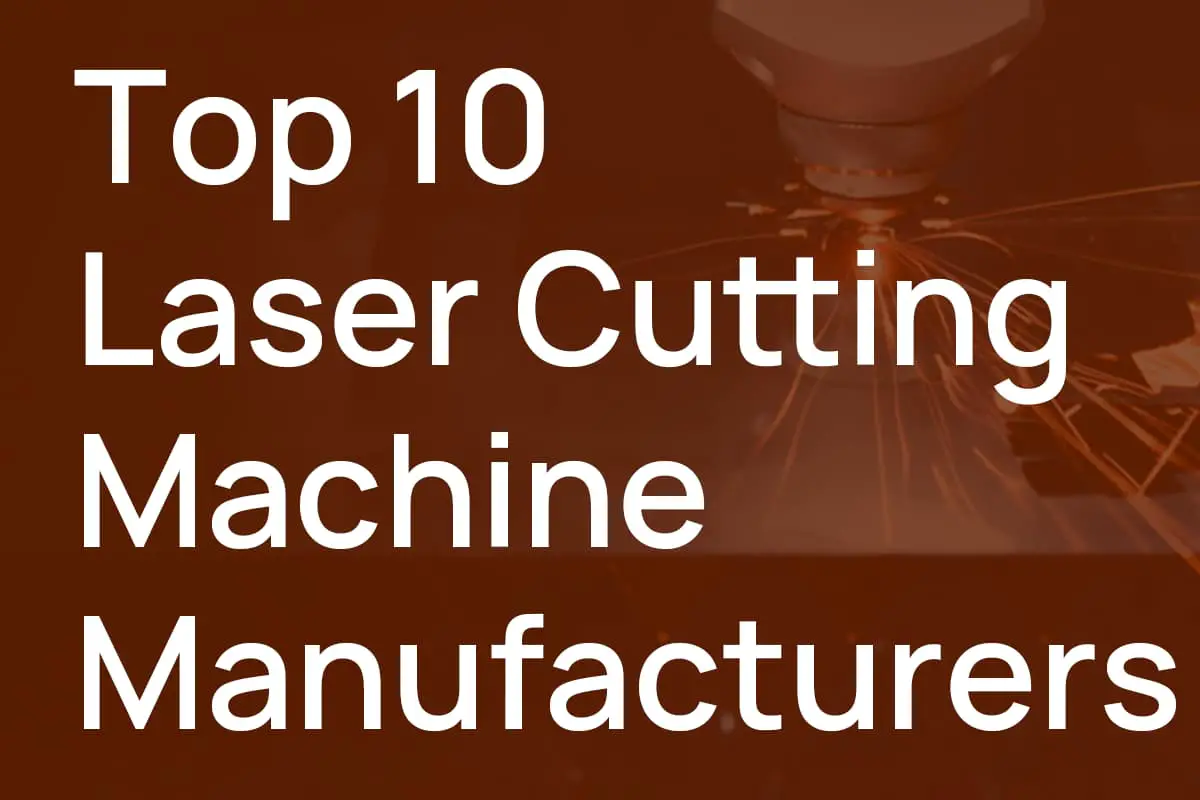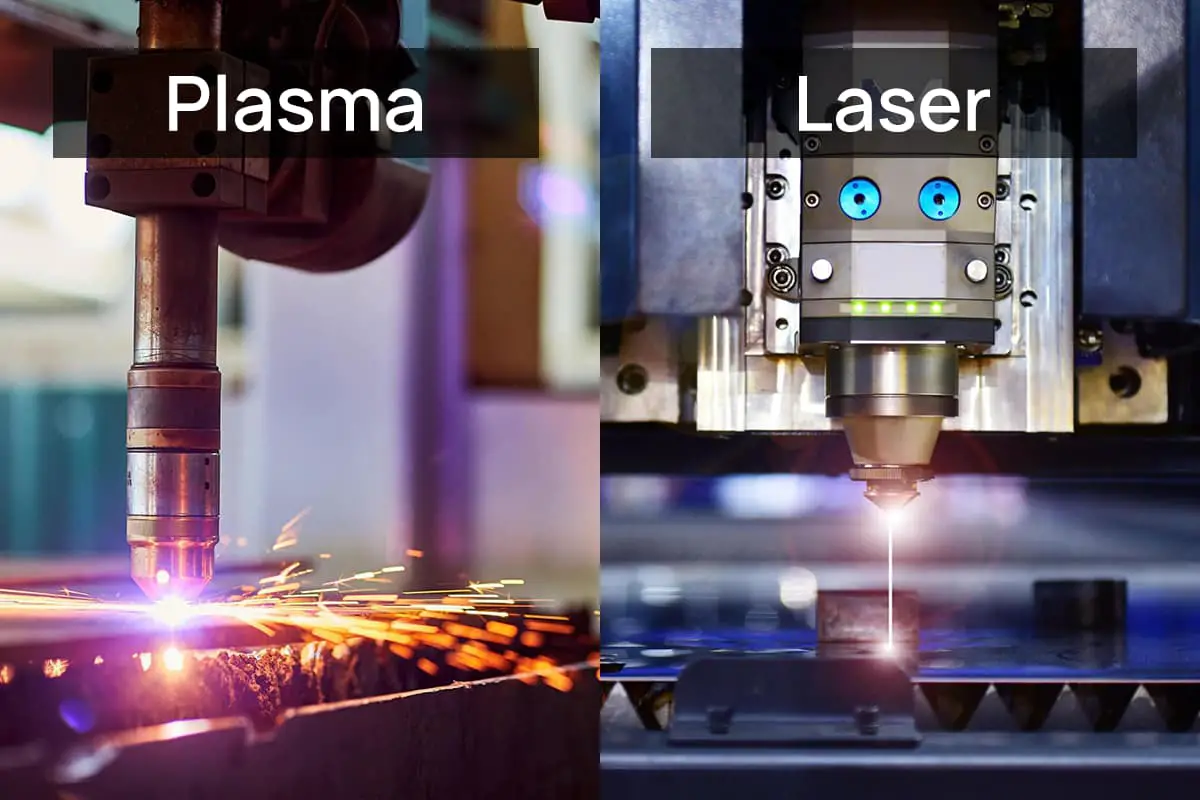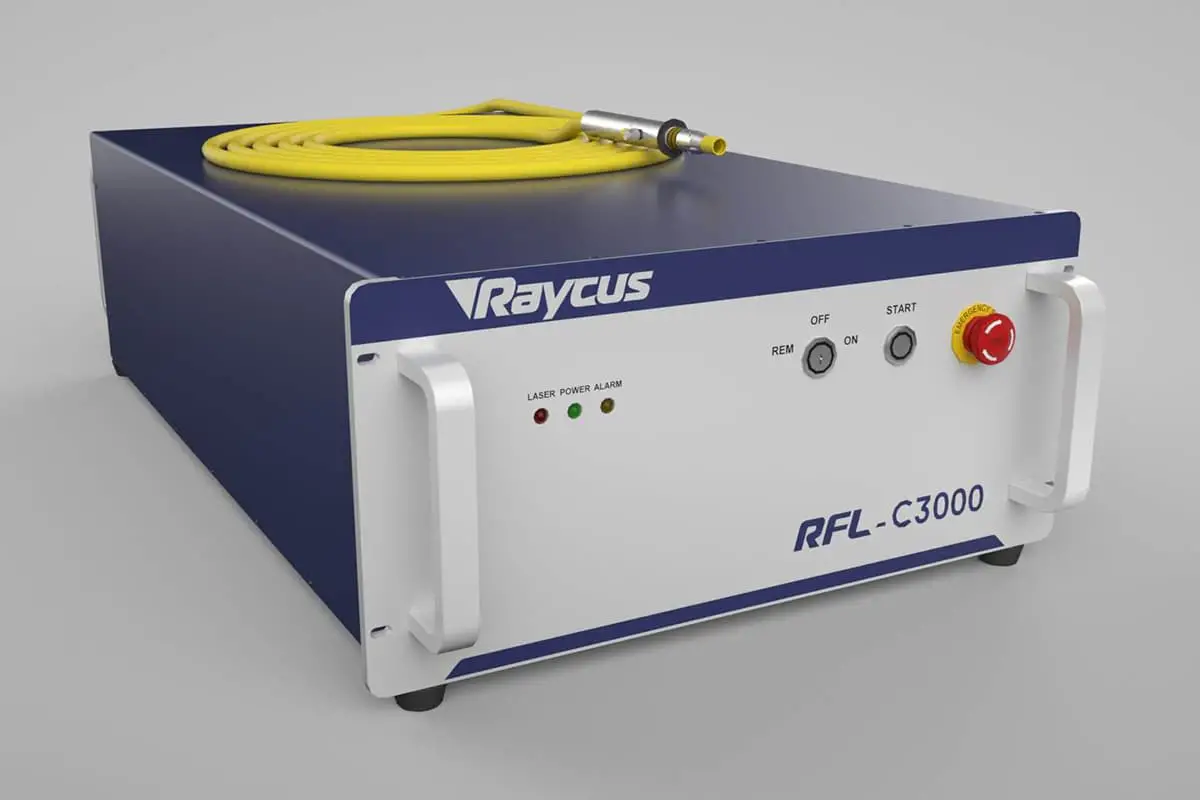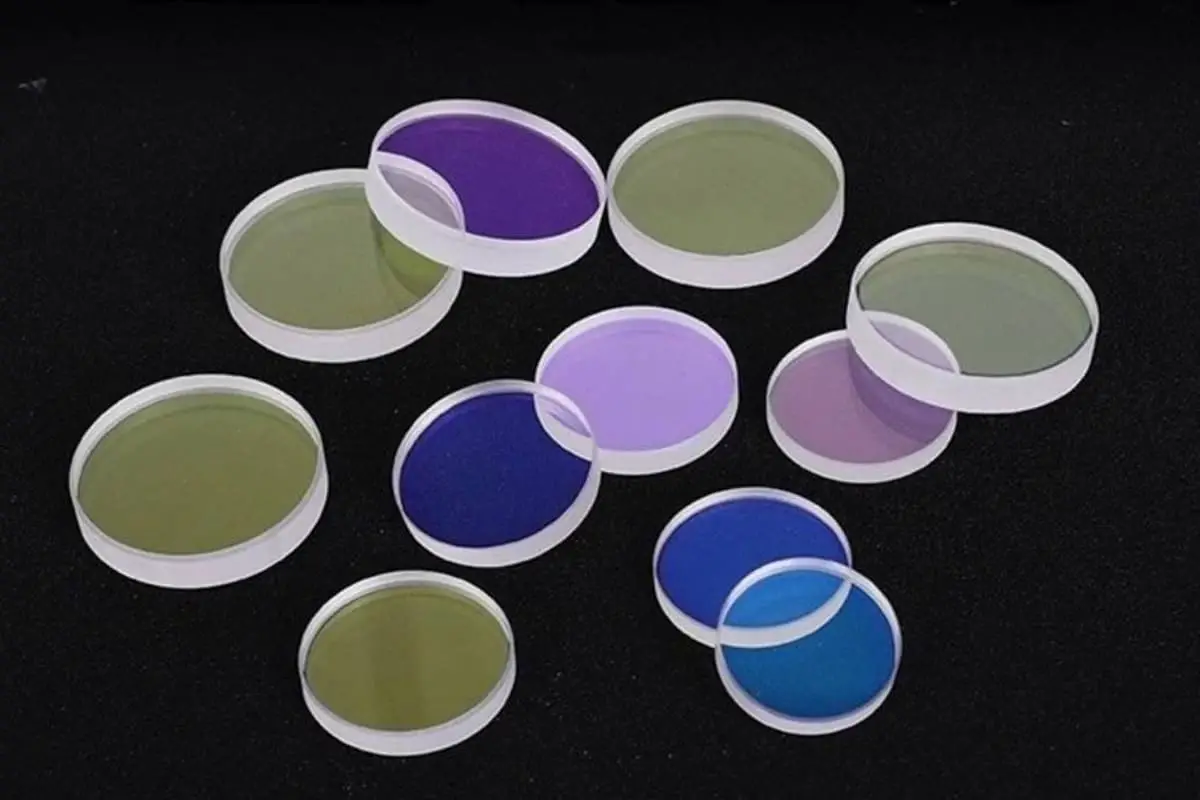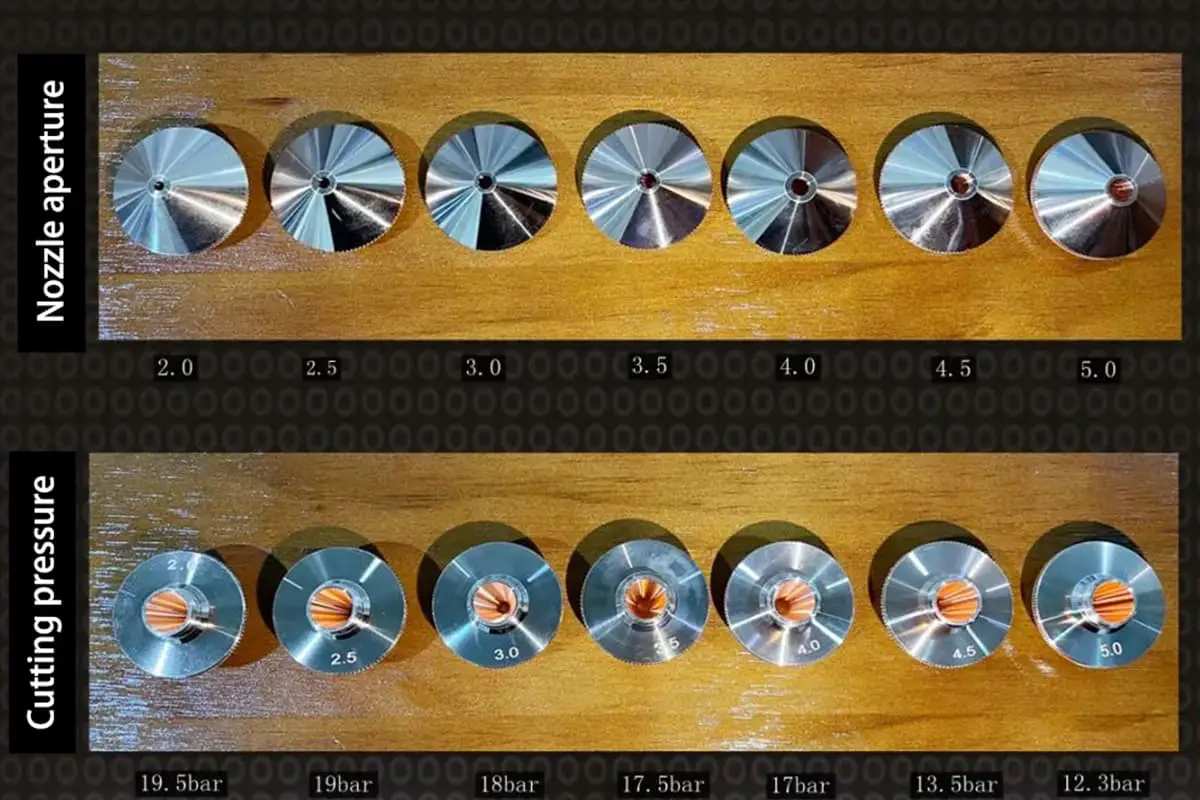
Have you ever wondered what makes a laser cutting machine tick? In this blog post, we’ll dive deep into the inner workings of these high-precision machines that have revolutionized the metalworking industry. Our expert mechanical engineer will break down the key components, from the powerful fiber laser to the intricate cooling system, and explain how they work together to deliver unparalleled cutting performance. Get ready to gain a new appreciation for the technology behind these marvels of modern engineering!

The laser cutting machine is a high-precision, efficient cutting device widely used in the metalworking industry. It consists mainly of the following core components:
Fiber Laser: The fiber laser is the heart of the laser cutting machine and one of the most costly components. It directly affects the performance of the cutting device and the entire cutting process. Popular brands of fiber lasers on the market include Germany’s IPG, Britain’s SPI, and China’s Raycus.
Machine Tool Main Body: This includes the cutting work platform used to place the workpiece to be cut and can move precisely according to the control program. The machine tool part realizes the movement of the X, Y, and Z axes and forms the foundation for the cutting operation.
Beam Transmission Components: These include beam expanders, protective lenses, and others. These components can alter the diameter and divergence angle of the laser beam while protecting the lens from debris splash damage.
Cooling System: The laser cutting process generates a significant amount of heat, hence the need for a cooling system to maintain normal operation and extend the life of the equipment. The cooling system typically includes a circulating water cooling and air cooling system.
Gas Supply System: This provides auxiliary gases for the cutting process, such as oxygen and nitrogen. These gases serve to cool and clean the cutting area, enhancing the cutting quality and efficiency.
Laser Cutting Head: This includes the cavity, focusing lens holder, focusing lens, and other components. The driving device is used to move the cutting head along the Z-axis direction according to the program, achieving precise cutting of the material.
Microcomputer Numerical Control Cabinet: This controls the entire cutting device’s operation process. All operating commands for the fiber laser cutting machine are issued from here.
In conclusion, the main components of the laser cutting machine include the fiber laser, machine tool main body, beam transmission components, cooling system, gas supply system, laser cutting head, and the microcomputer numerical control cabinet. These components work together, ensuring the laser cutting machine’s efficient and precise cutting capabilities.
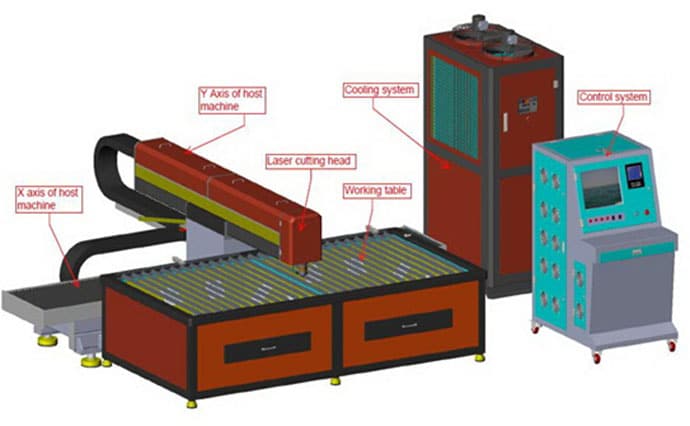
The auxiliary equipment for laser cutters includes:
Let’s dive into it and I will split the laser cutter into 14 parts and explain each one in detail.
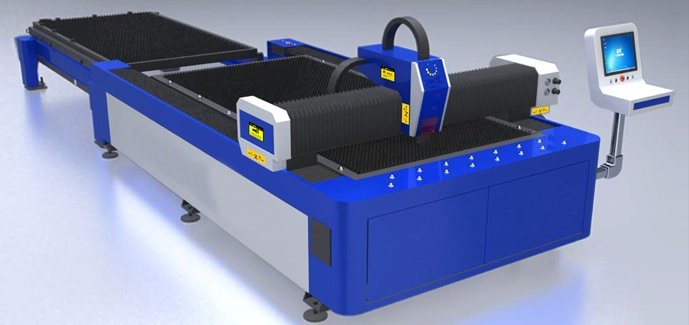
The mechanical part of the laser cutter is responsible for the movement in the X, Y, and Z-axes, including the cutting work platform. The stability of the machine tool is crucial for fiber laser cutting machines, as it directly impacts the cutting precision.
Currently, the most common machine tools in the market are the gantry type, cantilever type, and beam type.
Each type of machine tool has its own functions, such as beam type machine tools being mainly used by large manufacturers for material cutting, and 3D fiber laser cutting being mainly used in the automotive industry.
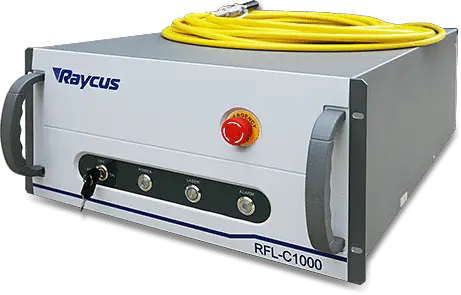
A device that produces a laser light source is known as a laser generator. The laser generator is the main power source of laser equipment, similar to the engine in a car and is the most expensive component of fiber laser cutting machines.
Currently, the imported fiber laser generator brands in the market include German IPG, ROFIN, and British SPI, among others.
With advancements in technology, domestic laser brands such as Raycus and Max have also emerged, gaining recognition in the market for their high cost-performance ratio.
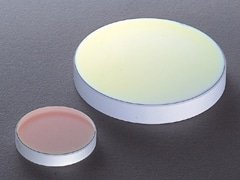
The laser lens is the most commonly used component in fiber laser cutting equipment. Various optical devices contain laser lenses, each serving a different purpose, such as full-reflection lenses, semi-reflection lenses, and focusing lenses.
The quality of the lens directly impacts the output power of the laser, thereby affecting the overall performance of the machine. While imported lenses have a longer lifespan and better cutting effect compared to domestic lenses, they are much more expensive.
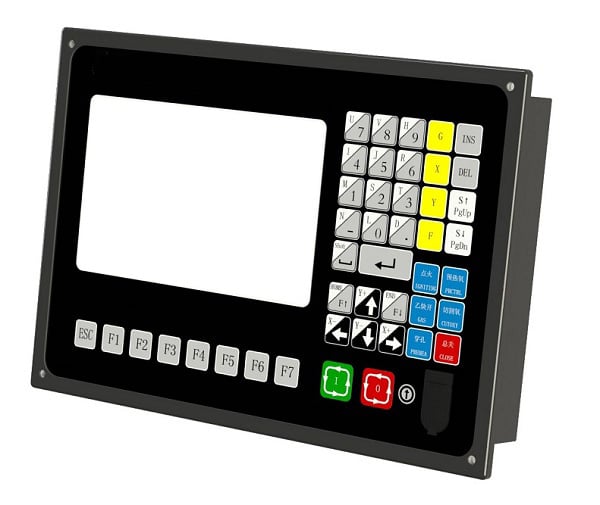
The control system is the primary operating system of the fiber laser cutting machine, which mainly controls the movements of the X, Y, and Z axes and regulates the output power of the laser. Its quality determines the stability of the machine’s operating performance.
The precision and cutting effect can be effectively improved through accurate control of the software.
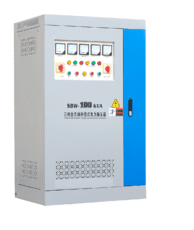
The connection between the laser generator, the laser cutter, and the power supply system serves mainly to prevent interference from the external power network.
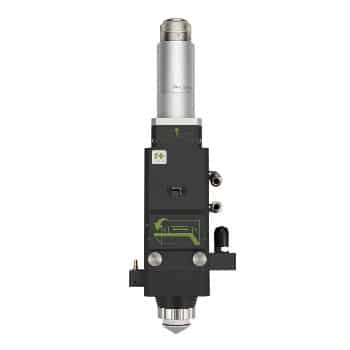
The cutting head is the laser output device of a fiber laser cutting machine, consisting of a nozzle, a focusing lens, and a focus tracking system.
The cutting head drive device, which consists of a servo motor, screw rod, or gear, moves the cutting head along the Z-axis as programmed.
However, the height of the laser cutting head must be adjusted and controlled depending on the material, thickness, and cutting method being used.
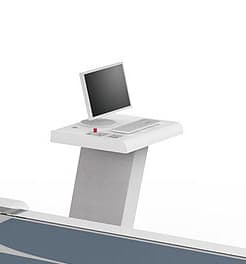
The process of controlling the whole cutting device.
The motor of the laser cutting machine is a crucial component of the motion system. The performance of the motor directly impacts the processing quality and production efficiency of the product.
Currently, the commonly used motors are the stepping motor and servo motor, which are selected based on the industry and processing object’s requirements.
Stepping motor: It has a quick start-up speed, responsive, and is suitable for engraving and cutting processing. They are affordable, with many brands offering different performance options.
Servo motor: It has a fast movement speed, smooth operation, high load-bearing capacity, and stable performance. It is ideal for industries and products with high processing requirements, providing smooth edge processing and fast cutting speed, though it is more expensive.
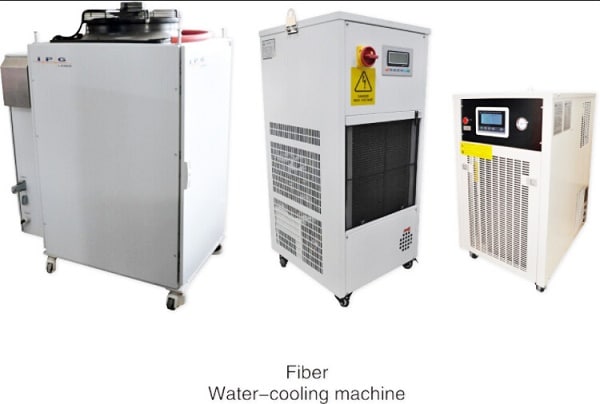
The Cooling System is used to cool the laser generator of a fiber laser cutting machine. The laser generator converts electrical energy into light energy, with a conversion rate of 20% in the case of a CO2 laser. The remaining energy is converted into heat.
The cooling water system removes the excess heat to keep the laser generator functioning properly.
The chiller also cools the external optical path reflector and focusing mirror to ensure stable beam transmission quality and prevent lens deformation or cracking due to overheating.
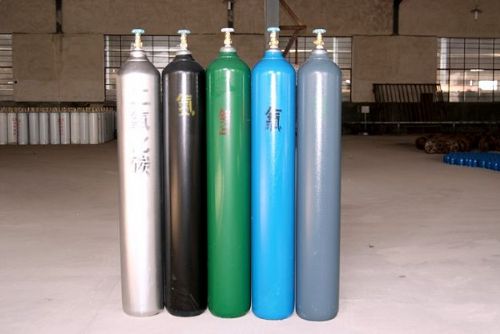
The laser cutter’s working medium and auxiliary gas cylinders are included.
These gases serve as industrial supplements for laser oscillation and as auxiliary gases for the cutting head’s operation.
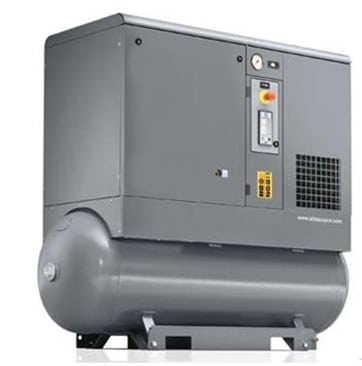
Provide and store compressed air.
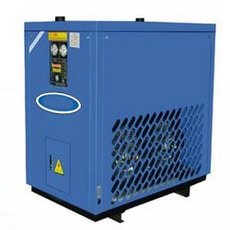
The air supply system is used to provide clean and dry air to the laser generator and laser beam path, ensuring the normal operation of the pathway and reflectors.

The smoke and dust generated during the fabrication process must be filtered and treated to meet environmental protection standards.

Eliminate the leftover materials and wastes generated during processing.
Laser cutting machines primarily employ two types of cooling systems: the water circulation cooling system and the refrigerant circulation cooling system.
Water Circulation Cooling System:
The working principle of this system involves the refrigerant liquid throttling and depressurizing through a capillary tube, flowing into the evaporator. Here, it vaporizes, absorbing the heat of the cooled water from the external water circulation cooling system, turning into high-temperature refrigerant vapor that gets sucked into the compressor. Once inside the compressor, it gets compressed into high-temperature and high-pressure vapor for discharge. However, it may have drawbacks such as needing regular maintenance to prevent pipe blockages or leaks, and in some cases, water quality issues may affect the long-term operation of the equipment.
Refrigerant Circulation Cooling System:
This system, similar to the water circulation cooling system, achieves cooling effects through the circulation of the refrigerant. Its advantage lies in providing more precise and stable cooling effects, especially when dealing with high-power density laser systems. However, this system typically comes at a higher cost and may require professional technical support for maintenance and troubleshooting.
Choosing the right cooling system is crucial to ensure the normal operation of the laser cutting machine and extend its lifespan. The water circulation cooling system, due to its lower cost and ease of maintenance, is widely used, while the refrigerant circulation cooling system, with its efficient and precise cooling ability, is suitable for applications with higher cooling requirements. Users should choose the most appropriate cooling system type based on their specific needs and budget.
To optimize the gas supply system of a laser cutting machine for enhanced cutting efficiency and quality, consider the following aspects:
Choose the appropriate auxiliary gas: Select the most suitable auxiliary gas based on different materials and cutting requirements. For instance, nitrogen is primarily used as a significant auxiliary gas in the laser cutting industry. The carbon dioxide laser is one of the most commonly used gas lasers for laser cutting.
Maintain consistency of the auxiliary gas: The laser machine requires consistent auxiliary gas pressure and flow to maintain cutting quality. Gas supply failures may lead to unnecessary pressure drops, affecting production quality.
Optimize the gas supply pipeline: The length and diameter of the gas supply pipeline determine the flow of the auxiliary gas. Ideally, the supply pipeline should have the least amount of bending to reduce gas flow resistance, ensuring the stability and sufficiency of the gas supply.
Adjust the distance between the nozzle and the material: By adjusting the distance between the nozzle and the material, you can effectively improve the cutting efficiency of the equipment.
Increase power: Properly increasing laser power can improve cutting speed and quality while ensuring safety.
Establish a good working environment: A favorable working environment temperature is equally important for the efficiency and cutting quality of the laser cutting machine.
Use a professional nitrogen generator: By optimizing a professional PSA laser cutting nitrogen generator, you can provide high-quality nitrogen for the laser cutting process, thereby improving cutting efficiency and quality.
The microcomputer numerical control cabinet plays a pivotal role in laser cutting machines. It forms the core of the laser cutting system in conjunction with the laser generator, beam transmission components, workbench (machine tool), cooler, and computer.
The primary function of the microcomputer numerical control cabinet is to control the precise movement and cutting process of the laser through computer programming, ensuring the laser accurately operates on the workpiece along a predetermined path.
The microcomputer numerical control cabinet greatly influences machining accuracy.
Firstly, it ensures high precision and quality during the laser cutting process by precisely controlling the output power and movement speed of the laser.
Secondly, the microcomputer numerical control cabinet adjusts cutting parameters such as focal point location and gas pressure according to different material types and thicknesses to cater to various cutting needs, further enhancing machining accuracy.
Moreover, it supports complex cutting path planning, enabling the laser cutting machine to carry out efficient and accurate cutting on complex workpiece shapes, significantly improving processing efficiency and yield rate.
The microcomputer numerical control cabinet is not only a key component in laser cutting machines but also plays a decisive role in ensuring machining accuracy, enhancing production efficiency, and improving product quality.

